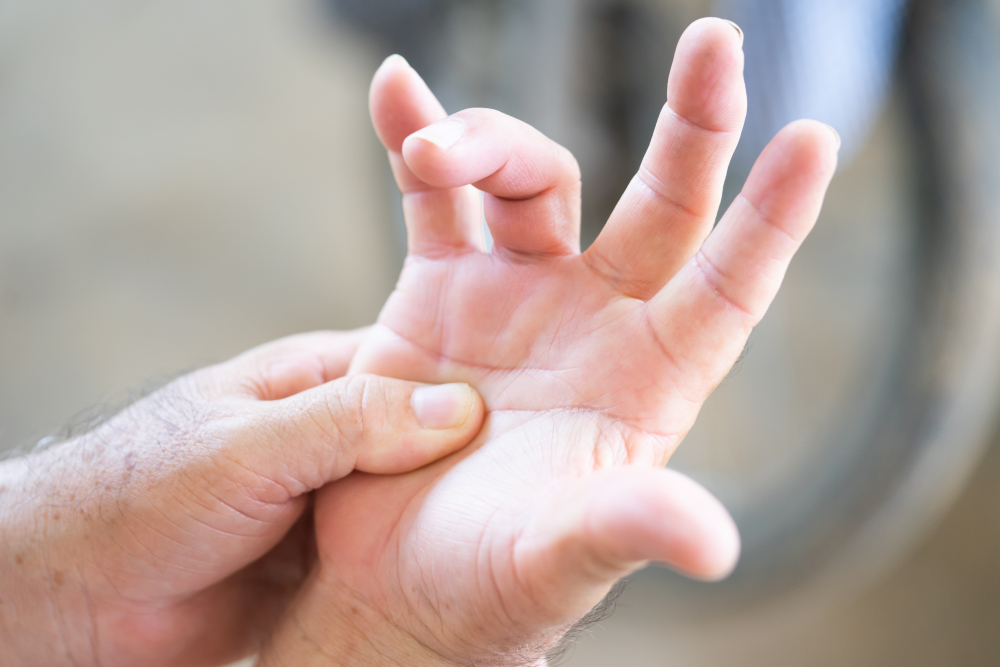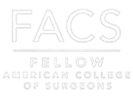In the heart of Waukesha, WI, where the community values health and wellness, understanding conditions affecting daily life becomes essential. Trigger finger, a common yet often misunderstood hand condition, significantly impacts one’s quality of life. At Lake Country Plastic and Hand Surgery, Dr. Tracy McCall offers a beacon of hope and expertise. This guide dives deep into the symptoms, diagnosis, and non-surgical treatments of trigger finger, providing you with essential knowledge to navigate this condition effectively.
Understanding Trigger Finger: The Basics
Trigger finger, medically known as stenosing tenosynovitis, occurs when a finger or thumb gets stuck in a bent position, as if squeezing a trigger. Then, it straightens with a snap — much like a trigger being released. This condition stems from inflammation and narrowing of the tendon sheath, which impedes smooth tendon movement. Although it can afflict anyone, certain groups are more predisposed, including individuals engaging in repetitive hand or finger movements and those with specific health conditions.
Symptoms: More Than Just a Snap
The journey to understanding trigger finger begins with recognizing its symptoms. They range from mild discomfort to severe pain and include:
- Finger stiffness, particularly in the morning
- A popping or clicking sensation as you move your finger
- Tenderness or a bump at the base of the affected finger
- Locking in a bent position, which might suddenly pop straight
If these symptoms sound familiar, Dr. McCall and her team at Lake Country Plastic and Hand Surgery are poised to help you navigate your path to relief.
Diagnosis: A Closer Look
Diagnosing trigger finger doesn’t rely on sophisticated tests; instead, it involves a careful examination of your hand and your symptoms’ history. Dr. McCall’s approach is patient-centric, focusing on understanding each individual’s unique situation. During your consultation, expect a hands-on examination where the doctor assesses your finger’s movement, checks for tenderness, and identifies any noticeable locking. This thorough evaluation ensures an accurate diagnosis, paving the way for tailored treatment plans.
Non-Surgical Treatments: The Path to Relief
Surgery isn’t always the first line of defense against trigger finger. Dr. McCall emphasizes non-surgical treatments that offer relief with minimal intervention. These approaches include:
1. Rest and Activity Modification: The first step often involves resting the affected finger and modifying activities that exacerbate the condition. It might mean taking a break from tasks that involve repetitive gripping or using adaptive devices to reduce strain.
2. Splinting: Wearing a splint at night to keep the affected finger extended can help alleviate the locking sensation and reduce inflammation.
3. Stretching and Strengthening Exercises: Dr. McCall may recommend specific exercises to maintain mobility and strength in your finger, reducing stiffness and improving function.
4. Anti-Inflammatory Medications: Nonsteroidal anti-inflammatory drugs (NSAIDs) can help manage pain and swelling, providing comfort as your finger heals.
5. Steroid Injections: Corticosteroid injections near the affected tendon sheath can significantly reduce inflammation, offering relief from pain and locking symptoms. Many patients experience substantial improvement with this minimally invasive treatment.
A Personalized Approach to Healing
Understanding that each patient’s journey with trigger finger is unique, Dr. McCall and her team prioritize a personalized treatment plan. Whether your path includes rest, splinting, exercises, medications, or injections, the goal is always the same: to restore your hand’s functionality and comfort without the need for surgery whenever possible.
Moving Beyond Pain: Your Next Steps
If you’re grappling with the symptoms of trigger finger, remember that effective solutions are within reach. Under the guidance of Dr. Tracy McCall at Lake Country Plastic and Hand Surgery, you can explore non-surgical treatments tailored to your needs. With a commitment to compassionate care and expertise in hand surgery, Dr. McCall ensures that each patient receives the support and guidance necessary for a successful recovery.
Embracing a Future Free from Discomfort
Trigger finger need not hold you back from enjoying life’s simple pleasures, like holding a cup of coffee in the morning or embracing a loved one without discomfort. With the right approach, guided by expertise and compassion, you can overcome this challenge and regain your hand’s natural grace and functionality.
Your Journey Towards Recovery Begins Here
In conclusion, while trigger finger presents a range of challenges, understanding its symptoms, securing a precise diagnosis, and exploring non-surgical treatment options can significantly alleviate discomfort and restore hand function. At Lake Country Plastic and Hand Surgery in Waukesha, WI, Dr. Tracy McCall and her dedicated team stand ready to guide you through each step of your journey towards recovery. Leveraging a blend of expertise, personalized care, and innovative non-surgical treatments, we are committed to helping you unlock the grip of trigger finger and embrace a future of comfort and mobility. Begin your path to healing today by reaching out to Lake Country Plastic and Hand Surgery, where your well-being is our utmost priority. Together, we can turn the page on pain and stiffness, opening the door to a life marked by freedom of movement and the joy of unhindered activity.









